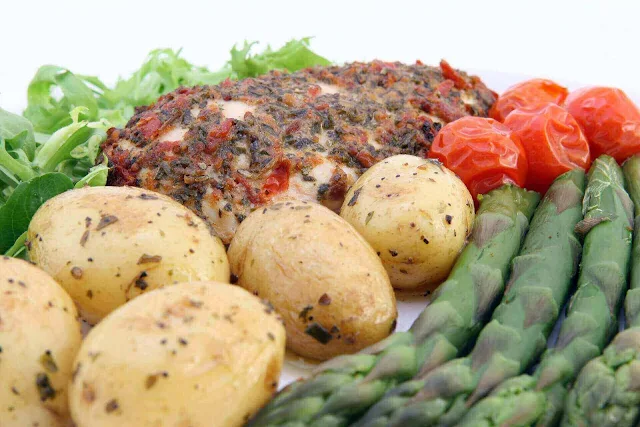How do you lower your cholesterol naturally? One way to do it is by avoiding foods that are high in cholesterol, like fatty meats and egg yolks. Eating these foods will put you at risk of heart disease and stroke, the leading causes of death in the United States, so it’s important to know which foods to avoid on a low-cholesterol diet plan. The following 10 high-cholesterol foods should be eliminated from your diet if you want to improve your heart health and decrease your risk of heart attack or stroke.
1) Don’t Eat These High Cholesterol Foods in Excess
All fats and oils, including those derived from animals or plants, contain some cholesterol. However, some types of fat have more cholesterol than others. If you’re watching your diet to lower your cholesterol levels and trying to follow a low-cholesterol diet plan, you should avoid eating excessive amounts of high-cholesterol foods—foods with 300 milligrams or more of cholesterol per serving—on any given day.
2) Choose Organic Where Possible
In addition to avoiding high-cholesterol foods, you should also try to incorporate organic produce and meats whenever possible. Studies have shown that pesticide exposure may increase LDL (bad) cholesterol levels while inhibiting HDL (good) cholesterol. And if you’re already eating low-cholesterol foods, there’s no need for any added risk.
3) Replace Beef With Fish, Legumes, and Eggs
High-cholesterol foods are high in saturated fat, which raises cholesterol levels. Try swapping fatty cuts of beef for leaner fish like salmon and tuna, legumes such as chickpeas and beans, and eggs. Eating more protein from these sources instead of meat may also help you feel fuller with fewer calories, so you’re less likely to overdo it at your next meal.
4) Use Coconut Oil Instead of Butter
Using coconut oil instead of butter can lower your cholesterol by 9% and may also have other heart-healthy benefits. More specifically, medium-chain triglycerides—the kind found in coconut oil—can boost HDL levels and decrease LDL levels. This can help with cholesterol maintenance, especially if you’re following a low-cholesterol diet plan.
5) Include Lots of Vegetables and Fruit
Plant-based foods like fruits and vegetables contain powerful antioxidants called flavonoids, which promote heart health. Flavonoids have been found to lower LDL (bad) cholesterol while raising HDL (good) cholesterol. Add these healthful snacks to your low-cholesterol diet plan: Bell peppers, bananas, dark chocolate, mangos, oranges, plantains, and strawberries.
6) Cut Down on Processed Meats
High-cholesterol foods are foods that contain large amounts of saturated fat, sodium, and trans fats. Processed meats such as salami and sausages tend to be high in these harmful fats. Instead of eating processed meats, try eating leaner cuts of meat or opting for vegetarian alternatives like beans and tofu.
7) Cook with Saturated Fats Only Occasionally
In addition to considering which types of fat you’re consuming, you also need to consider how much of it you’re eating. It’s important that your diet contains only 10 percent saturated fat or less, according to Lila Abbasi, M.D., an assistant professor at Weill Cornell Medical College in New York City. Too much saturated fat can lead to high cholesterol and inflammation—both risk factors for heart disease.
8) Use Olive Oil Instead of Sunflower or Canola Oils
Olive oil is not only better for your health, but can also be cheaper than other oils and fats when bought in bulk. The health benefits of olive oil are numerous and range from lowering cholesterol to fighting off cancer. This is why adding extra virgin olive oil (or EVOO) to your low-cholesterol diet plan is key. Buy a bottle of EVOO at Trader Joe’s and use it instead of sunflower or canola oils for more nutritional benefit.
9) Include Flaxseed in Baking or Smoothies
Flaxseed is known for being one of the best natural supplements you can add to your diet to lower cholesterol. Its powerful effects are triggered by its fat content, and it is one of those few foods that contain both omega-3 fatty acids and fiber. When included in a low-cholesterol diet plan, these properties make flaxseed excellent at reducing LDL (bad) cholesterol levels and increasing HDL (good) cholesterol levels in your body.
10) Go Nuts!
A diet rich in monounsaturated fats like nuts can help keep your LDL cholesterol (the bad kind) low. Nuts are also rich in heart-healthy, anti-inflammatory antioxidants, and they’re a good source of plant protein and fiber. Almonds, walnuts, pecans, peanuts, pistachios, and cashews all make great additions to your low-cholesterol diet.




